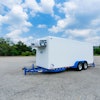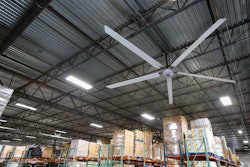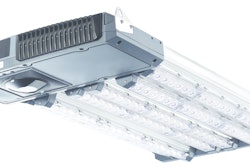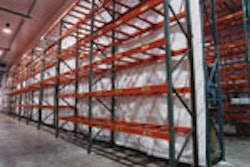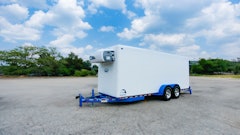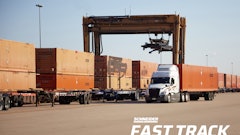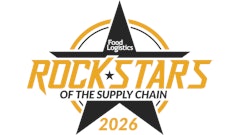All of us working in the cold chain realize that energy costs are a significant line item in the monthly budget. Cutting energy costs can be achieved in two ways—reducing the amount of energy consumed and by reducing the average cost of that energy.
Cold storage operators implement various technologies and strategies to minimize this cost while maintaining the temperatures required to protect food.
One technique widely utilized in low-temperature applications is called flywheeling. Flywheeling is when a facility sub-cools the frozen food and the room below normal operating range prior to peak energy pricing hours and then cycles off, or greatly reduces, active refrigeration during the higher priced periods of the day. When upper-temperature limits are approached, refrigeration systems are re-engaged. By utilizing flywheeling techniques, operators are using the food as a temperature capacitor, or battery, to lower costs.
All of us working in the cold chain realize that energy costs are a significant line item in the monthly budget. Cutting energy costs can be achieved in two ways—reducing the amount of energy consumed and by reducing the average cost of that energy.
Cold storage operators implement various technologies and strategies to minimize this cost while maintaining the temperatures required to protect food.
Benefits of Flywheeling
One technique widely utilized in low-temperature applications is called flywheeling. Flywheeling is when a facility sub-cools the frozen food and the room below normal operating range prior to peak energy pricing hours and then cycles off, or greatly reduces, active refrigeration during the higher priced periods of the day. When upper-temperature limits are approached, refrigeration systems are re-engaged. By utilizing flywheeling techniques, operators are using the food as a temperature capacitor, or battery, to lower costs.
There are many factors to consider when flywheeling. To sub-cool the food and the room requires more energy than would have been consumed during normal operations. This reduces the economic benefit of the flywheel period and increases the overall carbon footprint of the facility. Considering that grocers and CPG companies are more frequently requiring their supply chain partners to contribute to Scope 3 emissions goals, this could conflict with your customers’ goals.
Flywheeling
with Less Risk
Many operators recognize thermal energy storage (TES) technology as an enabler to extend the benefits of flywheeling, reduce flywheeling’s inherent risks and provide additional operating benefits. TES systems add thermal mass in the form of phase change materials (PCM) combined with intelligent controls that can safely lengthen flywheel periods up to 13 hours per day. Rather than putting the food through damaging sub-cooling and warming cycles, operators use the PCM as the temperature capacitor. Unlike the food, as the PCM transitions between solid and liquid phases it absorbs up to 85 percent of the heat infiltration and consolidates it near the top of the room for efficient removal by the existing refrigeration system’s airflow.
In addition to longer and safer flywheeling, TES provides an average of 26 percent overall reduction in energy consumption, improves temperature stability inside freezers and extends refrigeration equipment life. Efficiencies come from running compressors at maximum efficiency levels during hours with lower ambient temperatures, consolidating the heat directly in the refrigeration air flow, requiring no additional mechanical components and the PCM’s higher heat transfer rate (eight-times that of frozen food). This means more heat is removed using fewer kWh and less equipment runtime.
Utility Incentives for Improved Flywheeling
Utilities and power providers have high-demand periods when they financially incentivized customers to reduce energy use. Incentive programs often pay for technologies that help their customers use less energy during these periods. Eversource, a Massachusetts utility, added TES to a grant program designed to lower demand during its peak window. Through this grant, nine cold storage facilities have installed TES at no cost and now have lower energy bills and improved operations.
Frozen food should not be used as a battery to lower your energy costs, but your frozen food energy costs can be reduced with the right technologies like thermal energy storage. Technology providers can often help uncover alternative financing sources like utility programs to reduce or entirely cover the implementation of their systems. So, ask your technology providers how to reduce risk, lower energy bills, and minimize costs associated with energy upgrades in your own cold storage operation.



